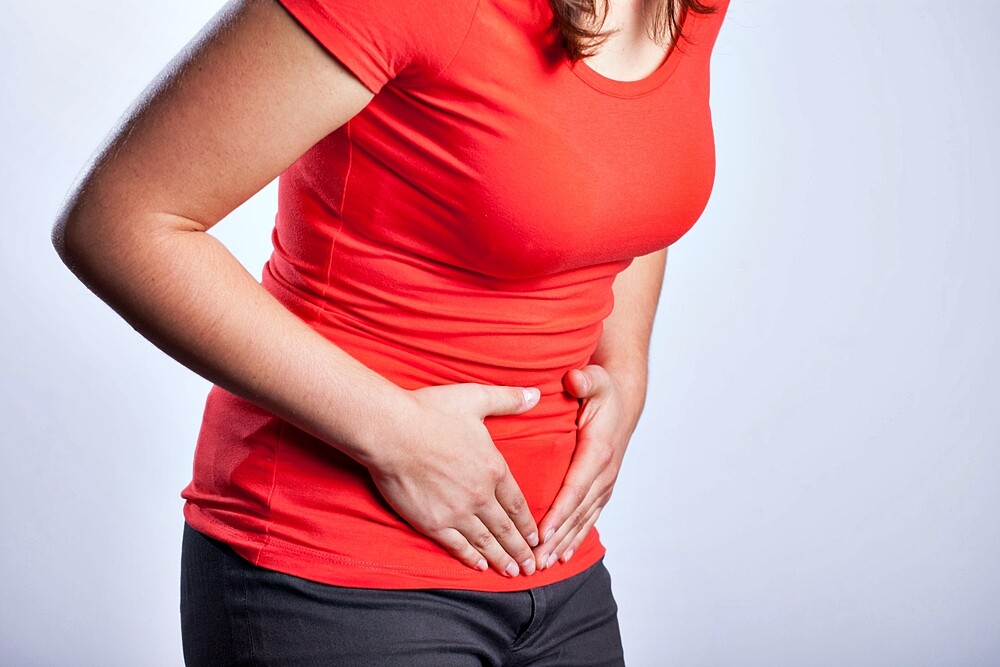Pulling in the abdomen is not always just a women’s problem – even if this is often claimed. What are the causes of the complaints and what helps against them.
Where does the pulling in the abdomen come from?
The first thing that most people think of when they think of a pulling in the abdomen is probably menstrual pain in women – not without good reason. In fact, abdominal pain that occurs before and during menstruation is one of the most common causes of lower abdominal pain. Some women also experience what is known as medium pain between periods. This marks ovulation and often occurs on only one side or above the pubic area.
Pain during pregnancy
Firstly, severe abdominal pain can be an early sign of pregnancy. If you already know that you are pregnant and have such complaints, you should always be careful. Although these symptoms are often due to overstretching of the muscles and ligaments that support the uterus – for example when coughing or getting up. It may help to put your feet up and place a hot water bottle on your underpants. However, if the pain is very severe, or if other symptoms such as cramps, bleeding, chills or fever occur, you should definitely go to the gynaecologist.
What are the causes of abdominal pain?
If the symptoms cannot be traced back to the period or pregnancy, there are various possible causes. For both men and women, abdominal pain can be divided into acute and chronic pain.
Acute pain
Acute pain can occur suddenly and can indicate both a temporary disgruntlement and a serious problem. There are some symptoms and signs, such as inflammation (like appendicitis, cystitis or fallopian tubes) or a rupture of a part of the intestine, which should be treated immediately by a doctor. These include:
Chronic pain
If the lower abdominal pain lasts longer than half a year, it is considered chronic and should also be clarified by a doctor. There are also several possible triggers:
- Chronic inflammation (for example chronic cystitis or in the gastrointestinal tract)
- Cysts
- Tumours in the organs
- Endometriosis (tissue similar to the lining of the uterus growing in or outside the deeper layers of the uterus)
- Mental illness – depression, for example, often leads to physical symptoms in the lower abdomen

